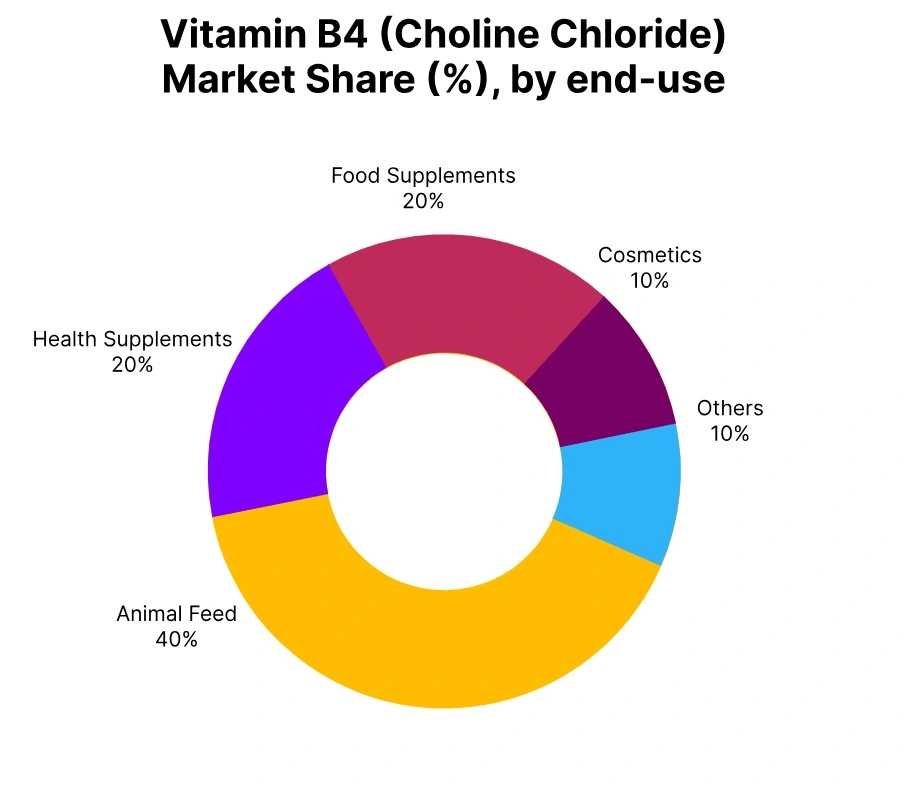Vitamin B4 (Choline Chloride) Price Trend Q3 2025
The global Vitamin B4 (Choline Chloride) Feed Grade (60%) market registered a largely stagnant and slightly soft sentiment throughout 3Q 2025 as supply conditions have been balanced and the demand from downstream users has been moderate across the primary consumers regions. Vitamin B4 (Choline Chloride) price trends have been positively influenced from adequate production rates in China and stable inventories combined with cautious purchasing by feed and premix manufacturers kept overall Vitamin B4 (Choline Chloride) price trend movement contained at the quarter’s range of 1–3%.
Raw material supply has been stable and across the major production facilities, operating levels have been predictable, and poultry and livestock consumption remained lackluster allowing market conditions to be maintained in an overall steady limited upward momentum environment. Currently, buyers continued their practice of purchasing conservatively; however, baseline feed demand has allowed some support against the greater portion of price retracements.
China
Vitamin B4 (Choline Chloride) Export prices FOB Shanghai, China.
According to Price-Watch, in Q3 2025, Vitamin B4 (Choline Chloride) Feed Grade (60%, Powder) price trends in China experienced a mild downward adjustment amid stable production conditions and cautious downstream demand. Vitamin B4 (Choline Chloride) price trend in China declined as feed manufacturers and premix producers adopted conservative procurement strategies, supported by adequate domestic supply, competitive market offers, and steady operating rates across major manufacturing facilities, keeping the market within the USD 570–600 per metric ton range.
Market sentiment remained soft throughout the quarter, influenced by subdued consumption in the poultry and livestock sectors and steady raw material availability that limited any upward price traction. In September 2025, Vitamin B4 (Choline Chloride) price trend in China decreased by 1.97%, reflecting continued supply-side stability and restrained purchasing behaviour, with these dynamics expected to guide pricing trends into the next quarter.

